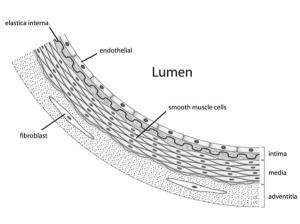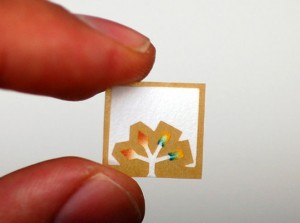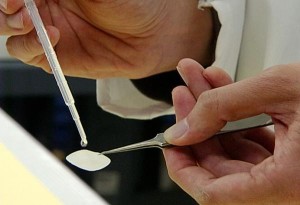Adult Stem Cell Breakthrough

In a leap toward making stem cell therapy widely available, researchers at the Ansary Stem Cell Institute at Weill Cornell Medical College have discovered that endothelial cells, the most basic building blocks of the vascular system, produce growth factors that can grow copious amounts of adult stem cells and their progeny over the course of weeks. Until now, adult stem cell cultures would die within four or five days despite best efforts to grow them.
Read more



